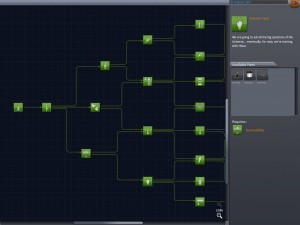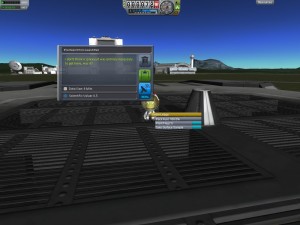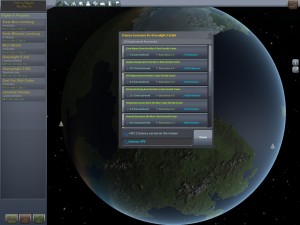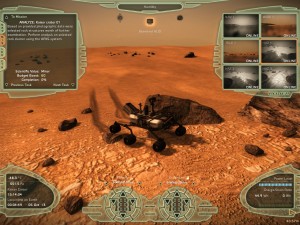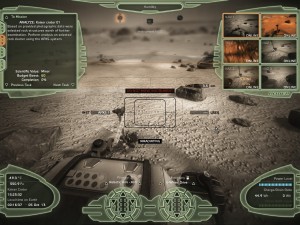The economy of small eggs
During my ongoing literature review I often discover interesting facts about things I’ve never thought about. Sometimes I can connect these facts with my own observations: The result is mostly a completely new idea why things are as they are. Maybe these ideas are new to you, too. Therefore I’ll share my new science based knowledge with you!
This week: This time, I highlight the fact that the economy in massively multiplayer online role-playing games works the same way as the economy in the real world. Observing these virtual environments can result in a better understanding of economy in the real world.
Due to lack of time to prepare this finding of the week, this article is a very short one. I just want to highlight an already well known fact: massively multiplayer online role-playing games (MMORPGs) like World of Warcraft and Runes of Magic do have dynamics that are almost analog to real world dynamics.
These game worlds do have the same economical principles as our real world. The factors of rarity and demand for a good are dictating the price for it. This becomes very obvious by observing the price development of certain goods under the aspect of being influenced by special events in the game world. Most of these goods are materials needed for crafting new items.
One good example for the event-driven price development is the price of small eggs in World of Warcraft. Small eggs are ingredients for several cooking recipes, that are mostly interesting while training the cooking skill. The resulting meals don’t have a good use for players at the highest character level. Eating food is mostly used for regaining health, mana or getting a buff of usefull stats. Small egg based food doesn’t provide high level players with a noticeable buff and even doesn’t restore much health anymore. Considering this, small eggs can be seen as useless in the current game and thus the price of them is pretty low.
However, during the christmas event in World of Warcraft, players are able to cook gingerbread cookies. These cookies are also needed to solve a quest during this event. One of the two ingredients of gingerbread cookies are small eggs. At this point, almost every player has a need for these small eggs. Around this event the price of the eggs rises significantly. Suddenly small eggs are a rare good and the demand is very high. However this high price period only lasts as long as the event is available in the game. As soon as the christmas event is over, the price of small eggs drops again until the next christmas season begins.
Another example is the price development of materials gathered in the hardest raid instances of the game. Almost every new content patch adds new crafting recipes to the game that require a special material mostly obtained in the freshly released instance. The new craftable equipment is in most cases an upgrade for the majority of the players and thus the demand for the new good is very high.
However, as soon as a new content is released, the price for the good drops because the new equipment is suddenly out-of-date. The event of a new content patch has changed the demand for the trading good and thus has a noticeable impact on the price development.
Observing the economy of MMORPGs is a good way to understand the basic principles of economy. The market reacts strongly to new events and thus becomes predictable.
